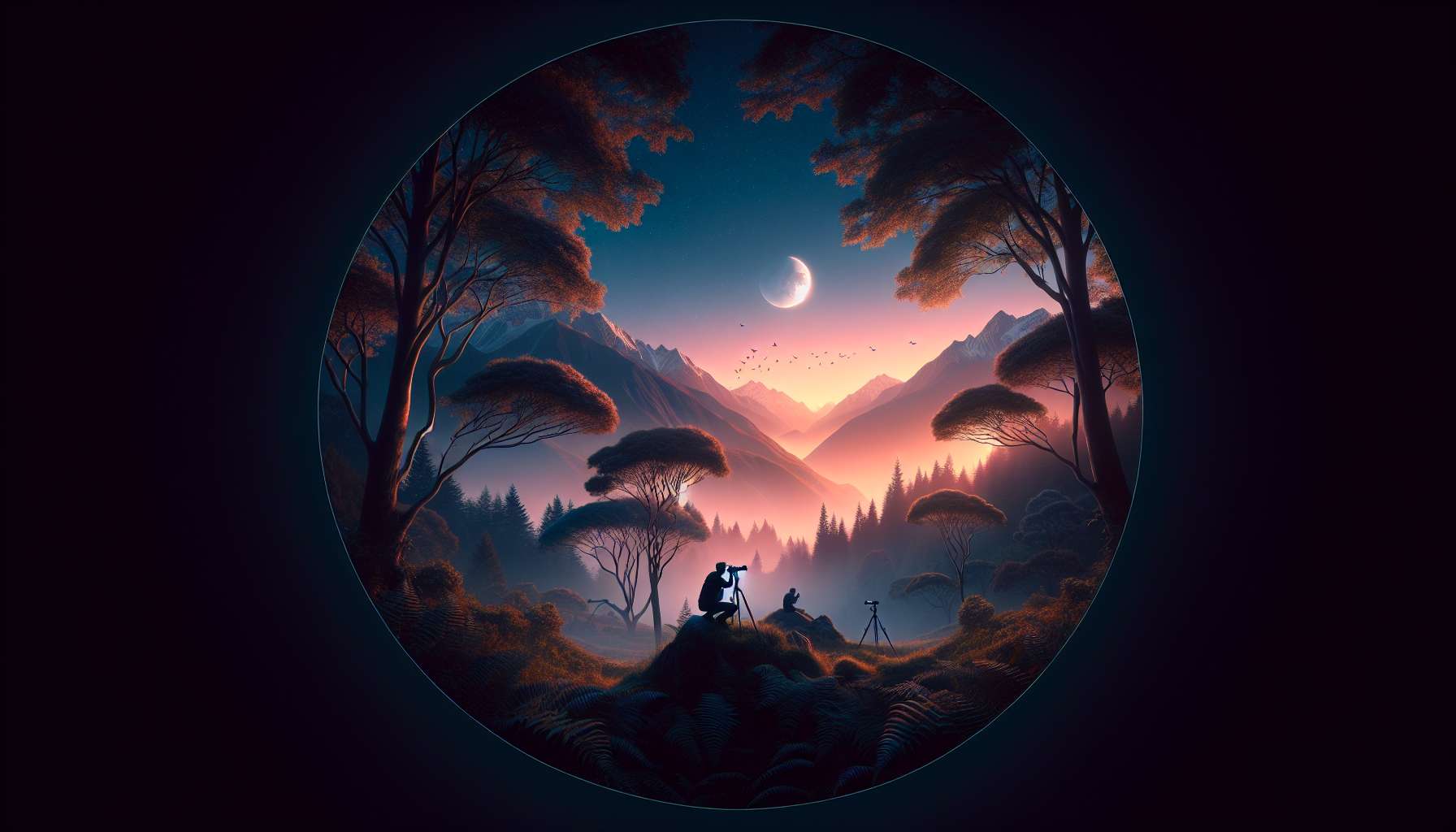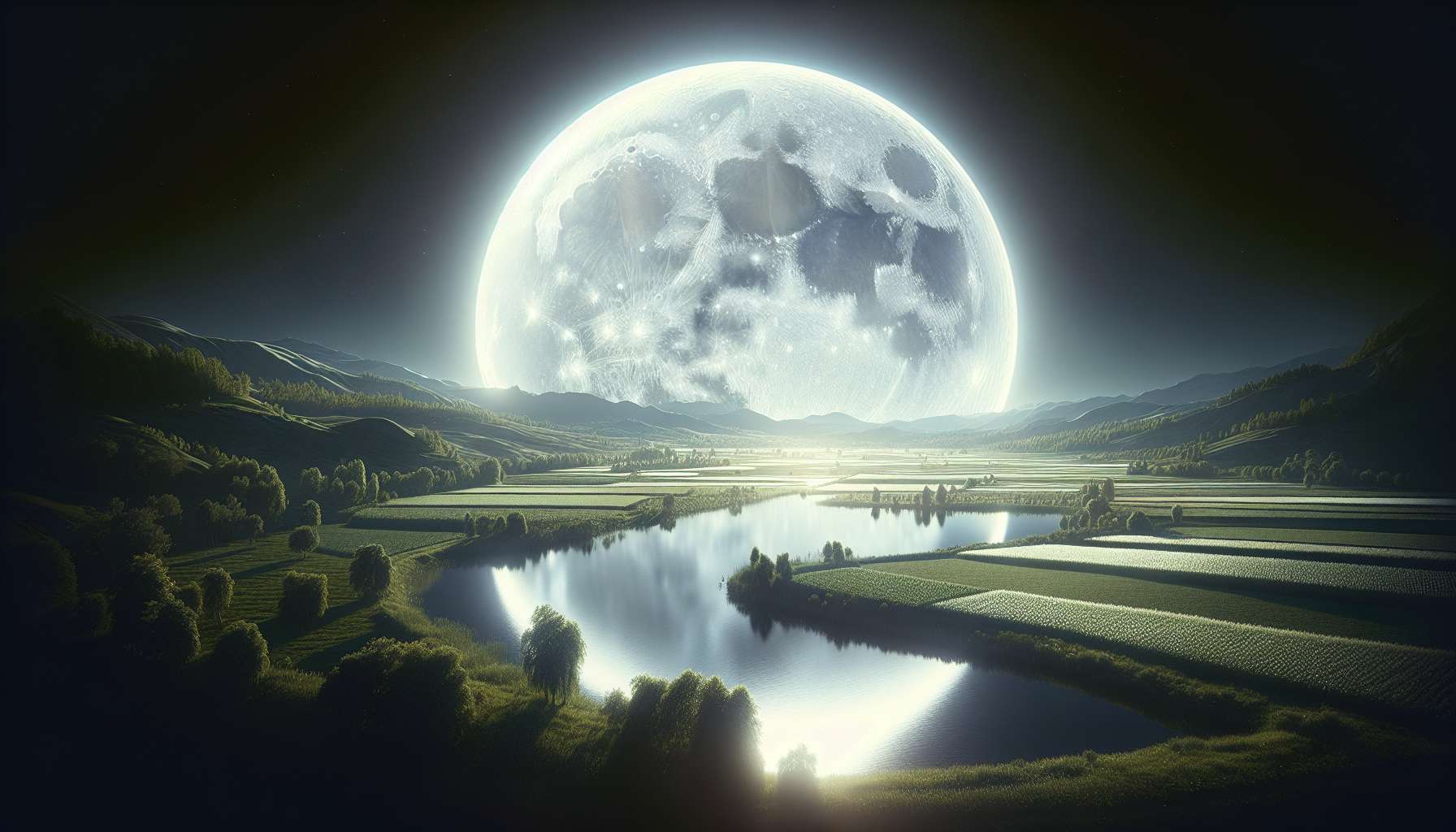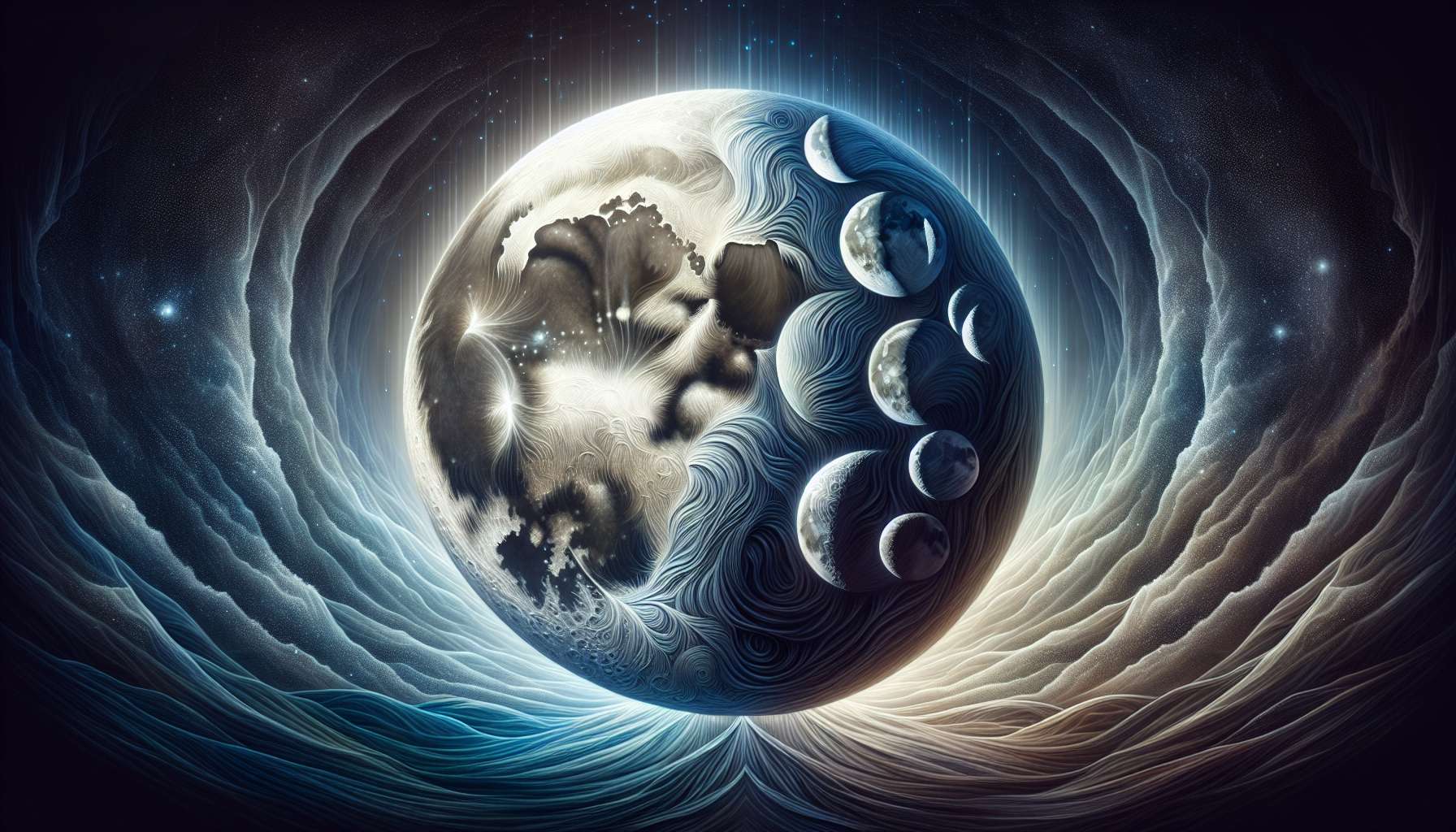Crepuscular Photography Insights: Illuminating the Beauty of Twilight
As the sun dips below the horizon, casting a soft, golden glow across the sky, a magical moment unfolds. This fleeting period, known as twilight, has long captivated photographers with its ethereal beauty. Crepuscular photography, the art of capturing images during these transitional phases of light, offers a unique and mesmerizing perspective on the world around us. In this comprehensive guide, we delve deep into the world of crepuscular photography insights, exploring its techniques, challenges, and the mesmerizing results it can produce.
The Magic of Twilight
Twilight, the period between day and night, is divided into three main phases: civil, nautical, and astronomical twilight. Each phase offers a different quality of light, from soft pastel hues to deep indigo tones. Crepuscular photography focuses on capturing the subtle, ever-changing colors and textures of this magical time, creating images that are both serene and enchanting.
One of the key advantages of shooting during twilight is the quality of light. The soft, diffused light at this time of day can add a dreamy, almost mystical quality to your photos. Shadows are longer, colors are more saturated, and the overall atmosphere is imbued with a sense of tranquility. By mastering the art of crepuscular photography, photographers can elevate their work to new heights, creating images that are truly captivating.
Challenges and Techniques
While crepuscular photography can yield stunning results, it also presents several challenges for photographers. One of the main difficulties is the short window of time available to capture the perfect shot. Twilight transitions quickly into darkness, so photographers must work swiftly and decisively to make the most of the available light.
To overcome this challenge, photographers often use long exposure techniques to capture the subtle nuances of twilight. By using a slow shutter speed, they can create images that are rich in detail and color, even in low light conditions. Additionally, using a tripod is essential to ensure sharp, focused images, especially when shooting at slower shutter speeds.
Another key technique in crepuscular photography is bracketing. By taking multiple exposures of the same scene at different settings, photographers can ensure they capture the full dynamic range of twilight light. This technique is particularly useful when shooting scenes with high contrast, such as sunsets or cityscapes.
The Art of Composition
Composition plays a crucial role in crepuscular photography, helping to create visually striking and compelling images. When composing a shot during twilight, photographers should pay attention to elements such as leading lines, symmetry, and framing. These compositional techniques can help to draw the viewer’s eye into the scene and create a sense of depth and dimension.
One effective compositional technique in crepuscular photography is the use of silhouettes. By positioning a subject against the colorful twilight sky, photographers can create dramatic and visually arresting images. Silhouettes add a sense of mystery and intrigue to a photograph, inviting the viewer to ponder the story behind the shadowy figures.
Post-Processing and Editing
Post-processing is an essential step in crepuscular photography, helping photographers to enhance the colors, contrast, and overall mood of their images. When editing twilight photos, photographers should pay attention to white balance, exposure, and color saturation to bring out the best in the image.
One popular editing technique in crepuscular photography is the use of gradient filters. By applying a gradient filter to the sky in post-processing, photographers can enhance the colors and tones of the twilight light, creating a more dynamic and visually appealing image. Additionally, adjusting the contrast and clarity can help to bring out the details in the shadows and highlights, adding depth and dimension to the photograph.
Expert Opinions
To gain further insights into the world of crepuscular photography, we reached out to renowned landscape photographer, Sarah Adams. According to Sarah, “Crepuscular photography offers a unique opportunity to capture the fleeting beauty of twilight. By mastering the art of shooting during these transitional phases of light, photographers can create images that are truly magical and evocative.”
When asked about her top tips for crepuscular photography, Sarah emphasized the importance of patience and persistence. “Twilight is a brief and precious time, so it’s essential to be prepared and ready to shoot at a moment’s notice. By staying alert and attentive to the changing light, photographers can capture the most stunning and unforgettable moments.”
Common Misconceptions
Despite its allure, crepuscular photography is often misunderstood by many aspiring photographers. One common misconception is that expensive equipment is necessary to capture quality twilight images. While professional gear can certainly enhance the quality of your photos, it is still possible to achieve stunning results with a basic camera and lens setup.
Another misconception is that crepuscular photography is limited to capturing sunsets and sunrises. While these moments do offer beautiful lighting conditions, twilight encompasses a much broader range of light and color. By exploring different phases of twilight, photographers can discover new and unique opportunities for creative expression.
Conclusion
To wrap things up, crepuscular photography offers a unique and captivating perspective on the world around us. By embracing the magic of twilight, photographers can create images that are both beautiful and evocative. Through mastering the techniques, challenges, and art of composition in crepuscular photography, photographers can unlock a world of endless possibilities and create images that truly shine.
So, next time you find yourself captivated by the soft, golden light of twilight, don’t hesitate to pick up your camera and explore the magical world of crepuscular photography. Let the beauty of twilight inspire you to create images that are as enchanting and ephemeral as the light itself.




